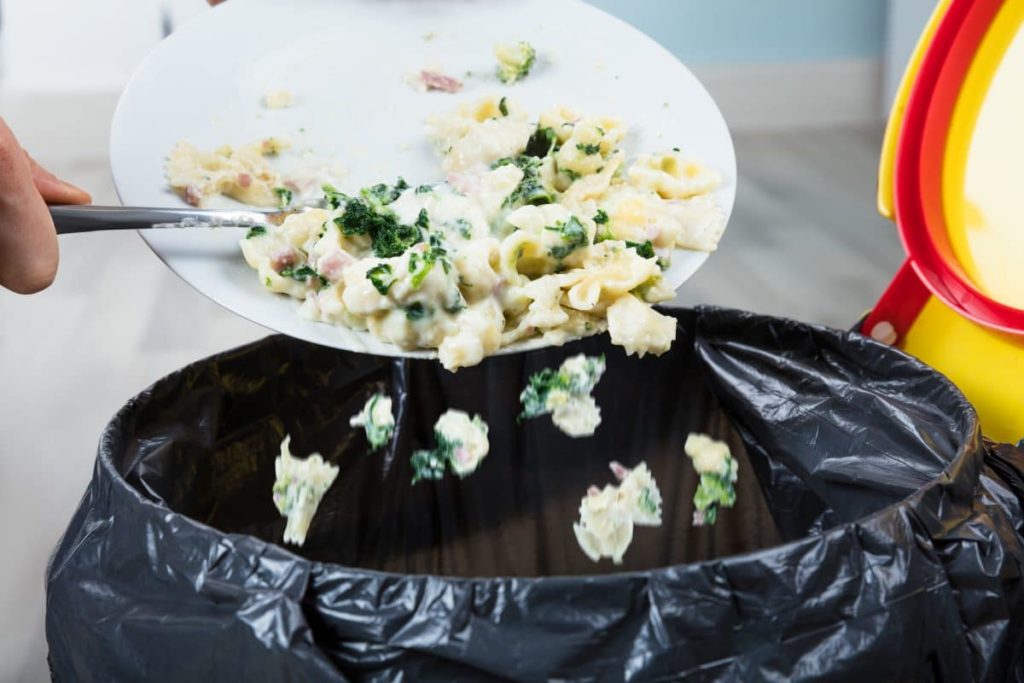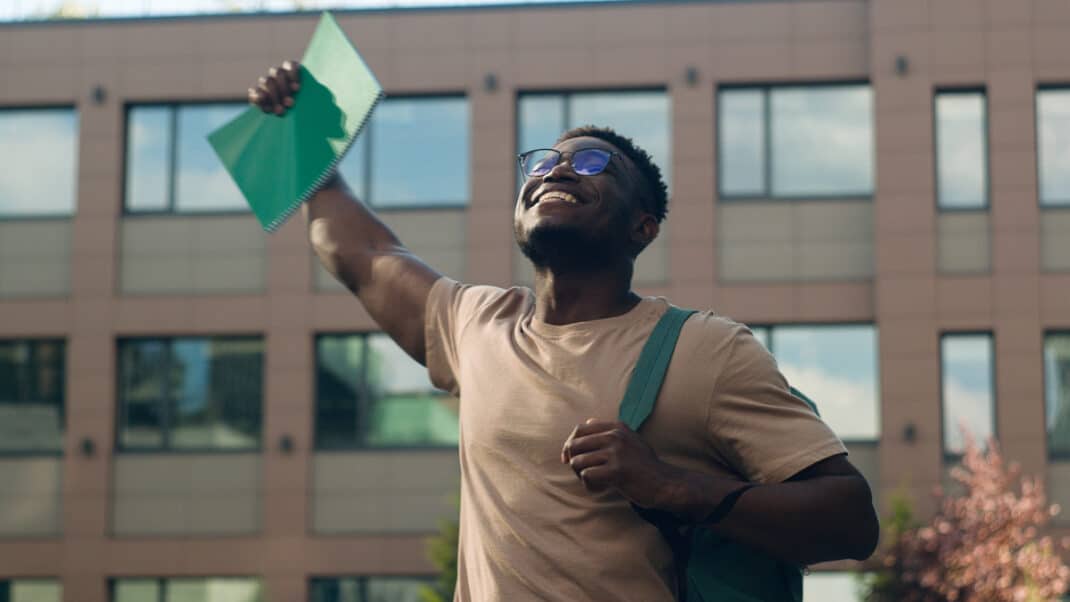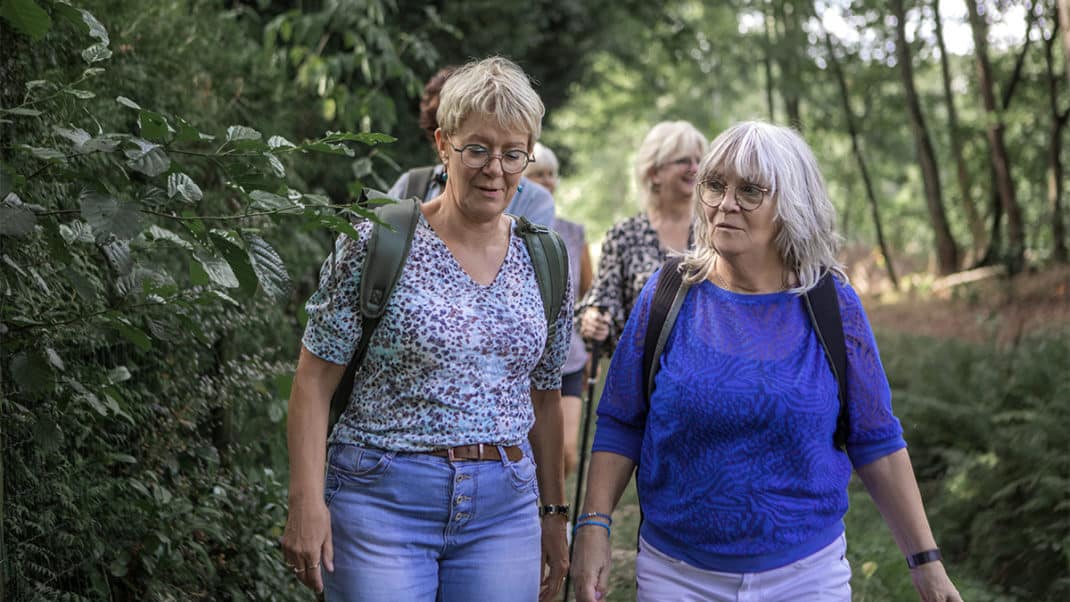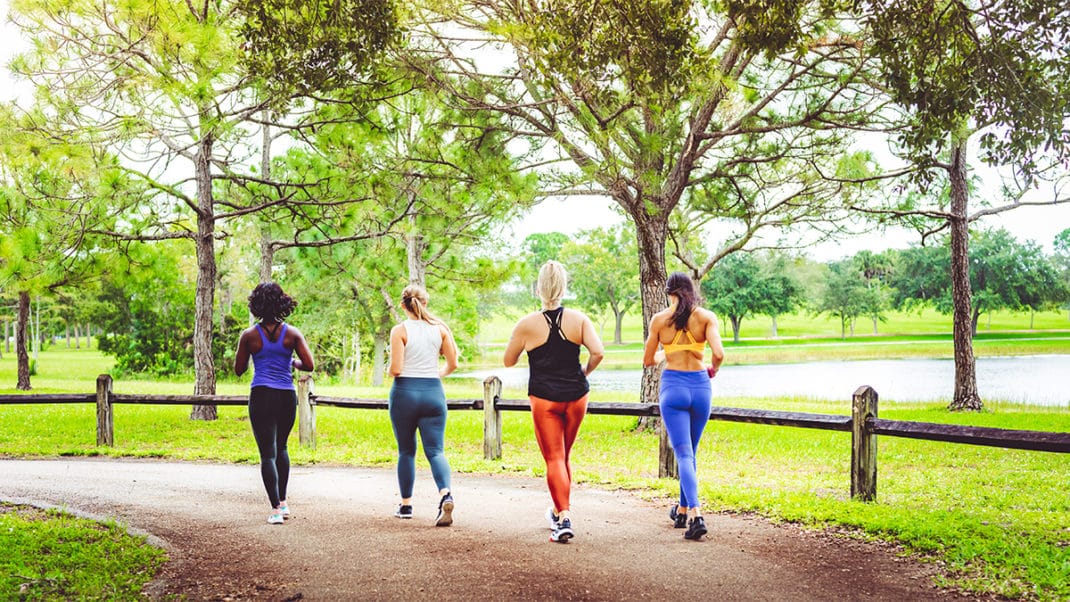Waste Not, Want Not

In America, 30%–40% of the food supply goes to waste, the U.S. Department of Agriculture estimates. You probably know by now that most “use-by” and “best-by” dates are not toss-out dates, and you’re likely monitoring the contents of your fridge so you use as much of your food as possible before it goes bad. But you may be less aware of another important way to take a bite out of food waste.
In an experiment published in February in PLOS One, researchers at Ohio State University had 50 study participants track their food waste through pictures taken on a smartphone. The volunteers took snapshots from two settings: their everyday meals at home, where they controlled their intake; and meals served in a laboratory, where they received a set amount of food, just as they would in a restaurant or cafeteria.
The results were striking: The same people who left a scant 3.3% of their food on their plates when choosing their own meals left nearly 40% behind when scientists gave them a meal. Women were more likely to leave more food on their plates in the lab, where portion sizes were predetermined. It seems that when we choose our own foods in portions we desire, less of it ends up in the waste bin.
Matthew Kadey, MS, RD
Matthew Kadey, MS, RD, is a James Beard Award–winning food journalist, dietitian and author of the cookbook Rocket Fuel: Power-Packed Food for Sport + Adventure (VeloPress 2016). He has written for dozens of magazines, including Runner’s World, Men’s Health, Shape, Men’s Fitness and Muscle and Fitness.





